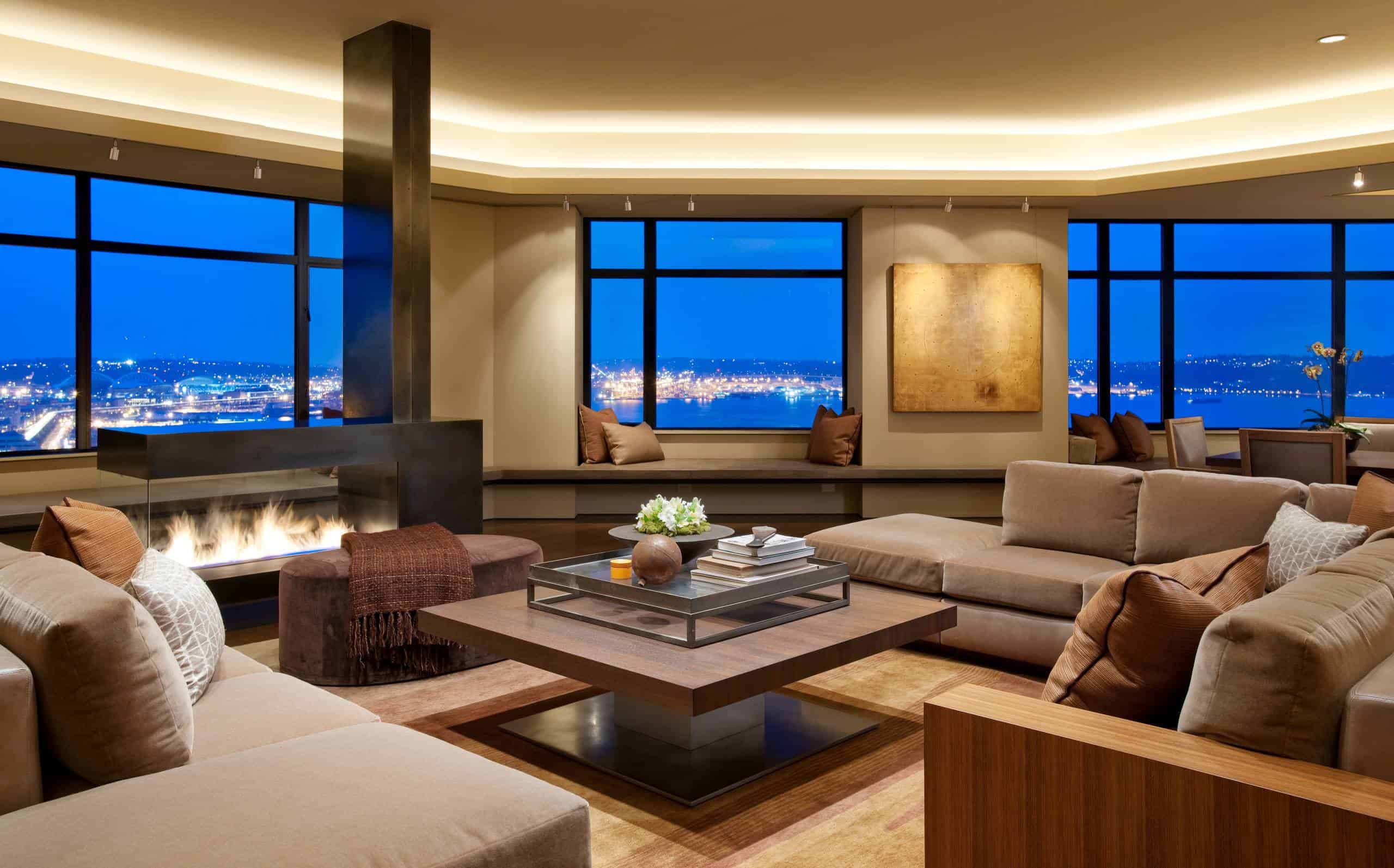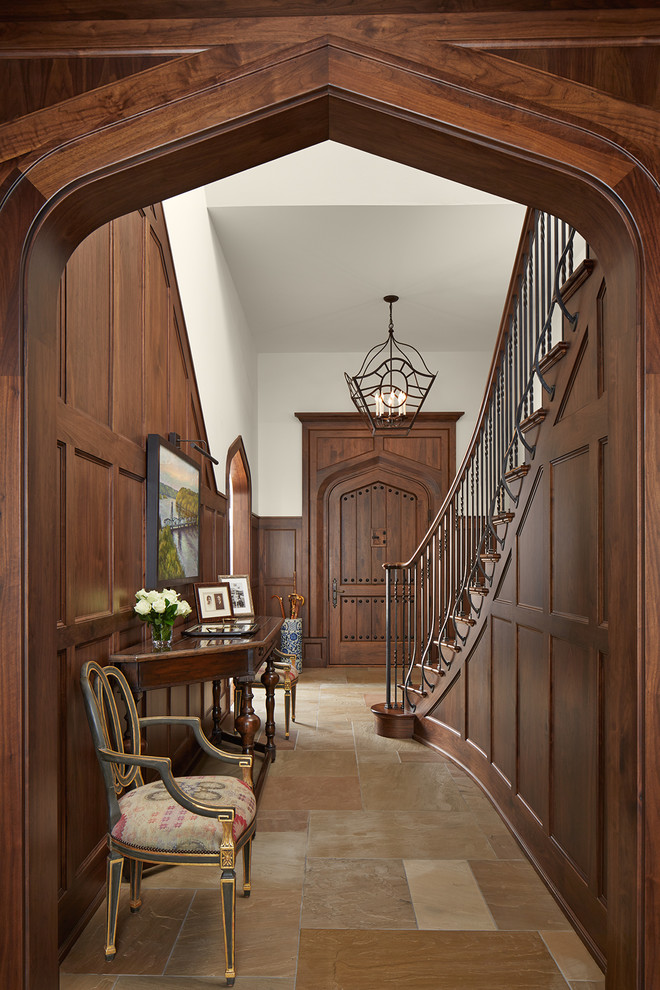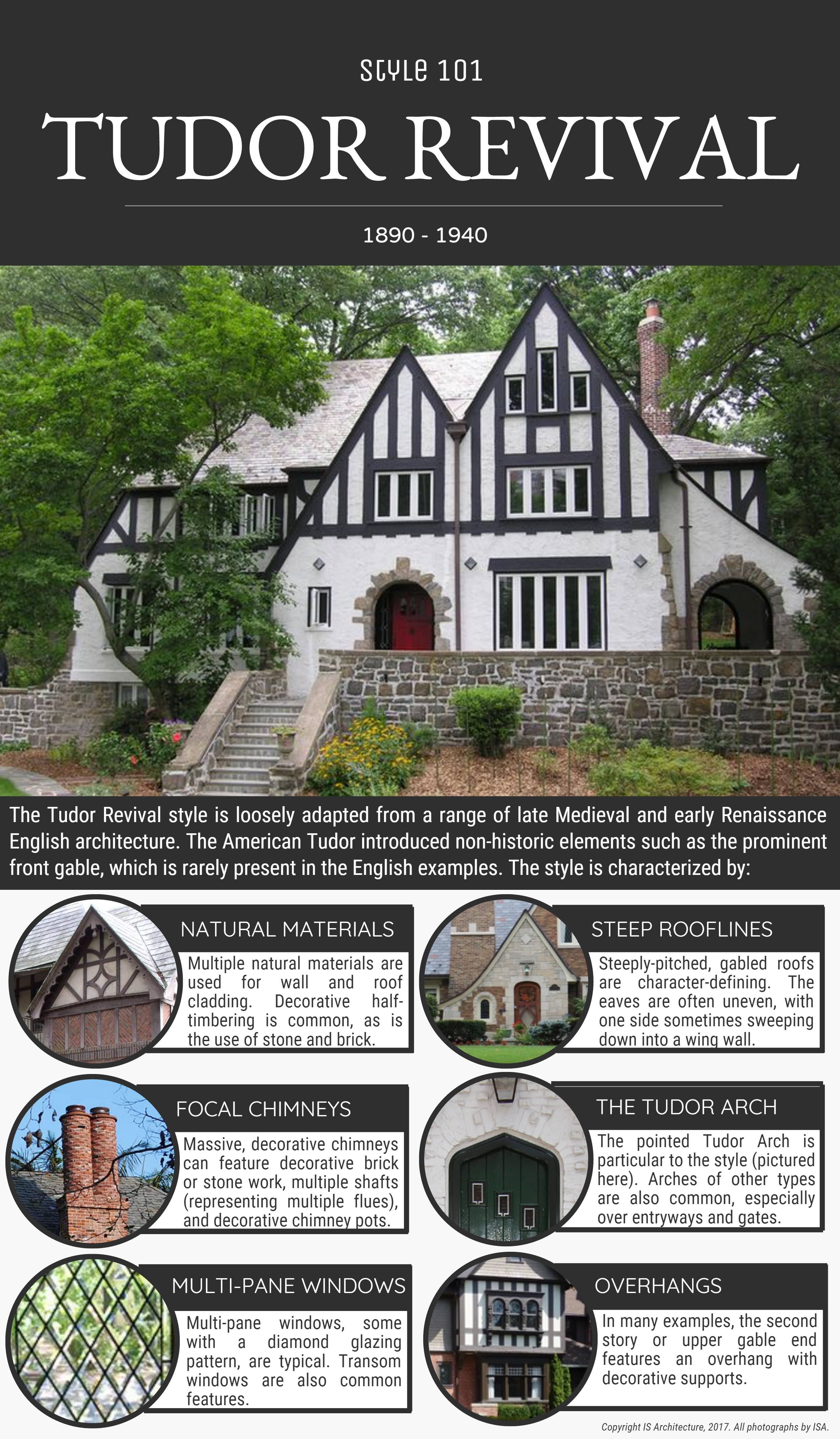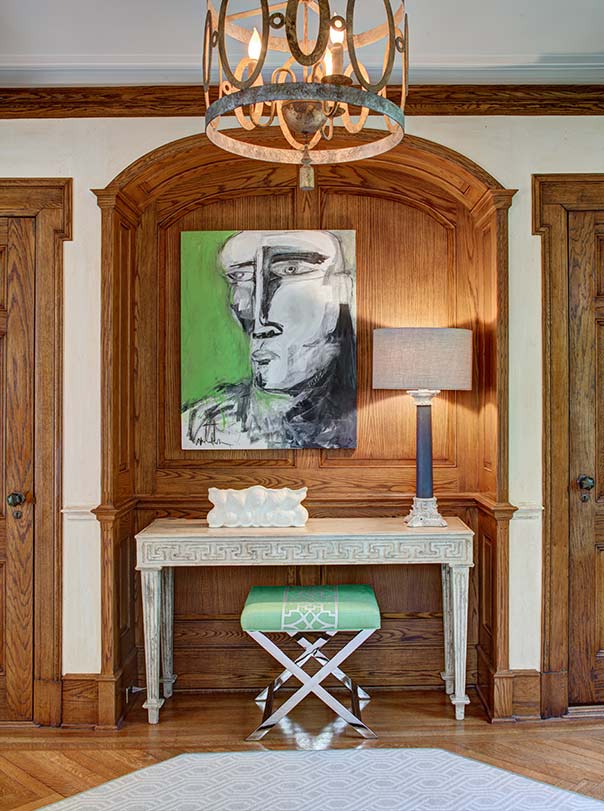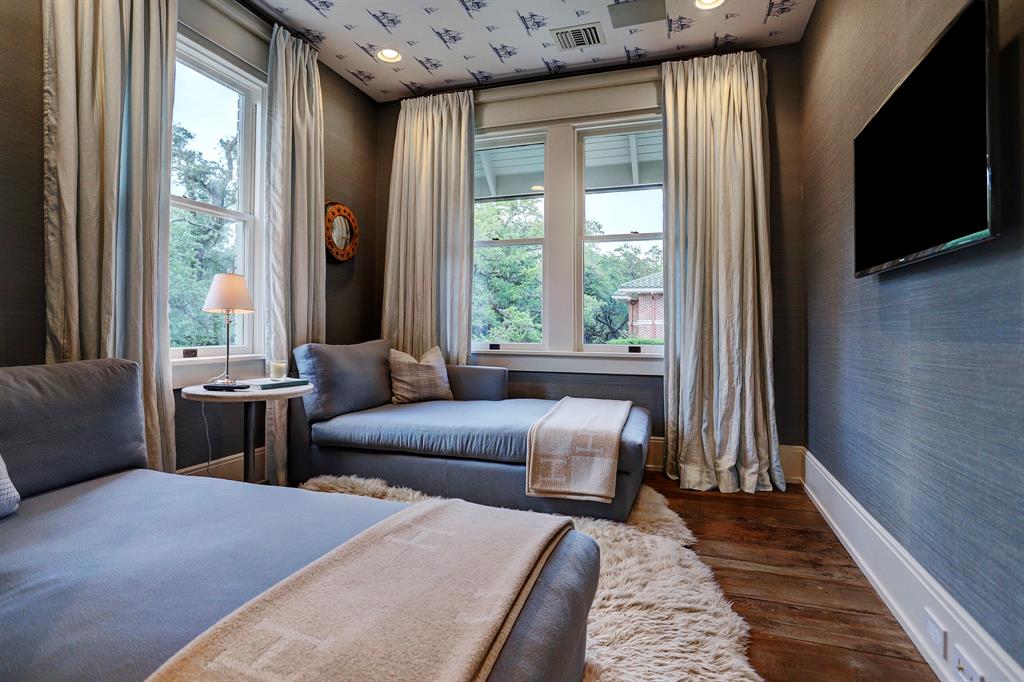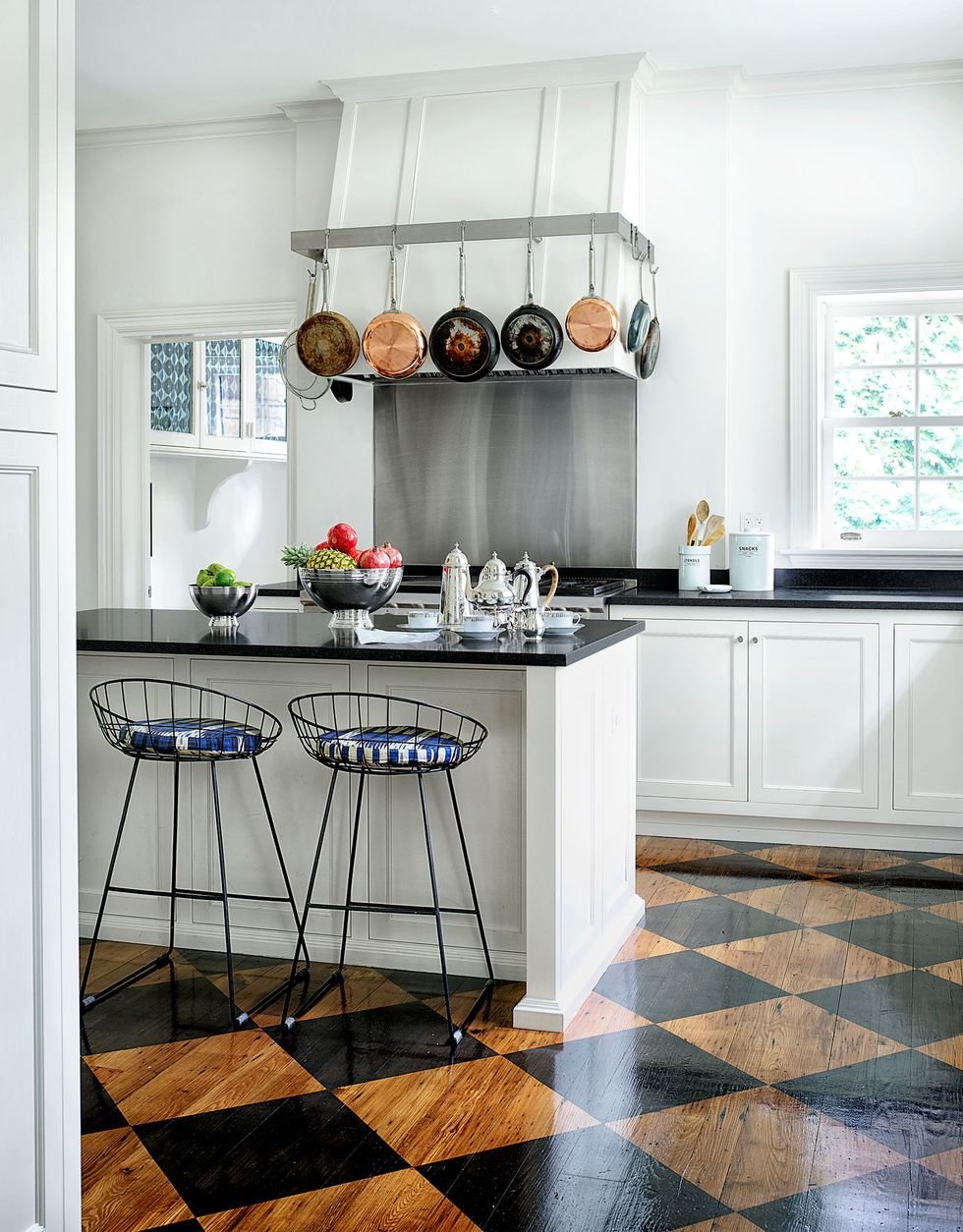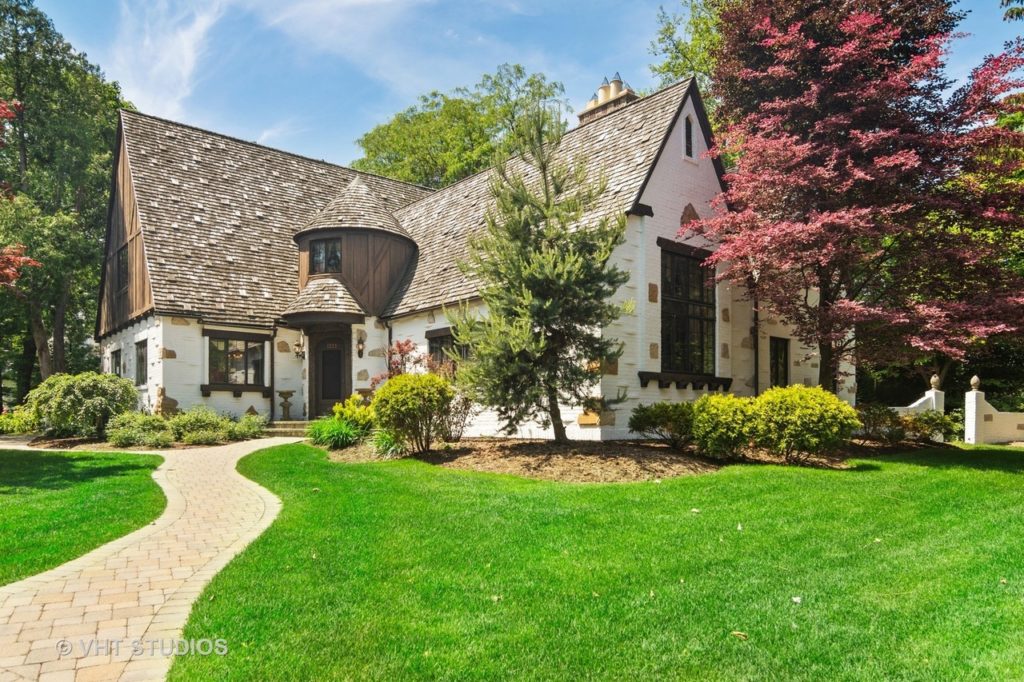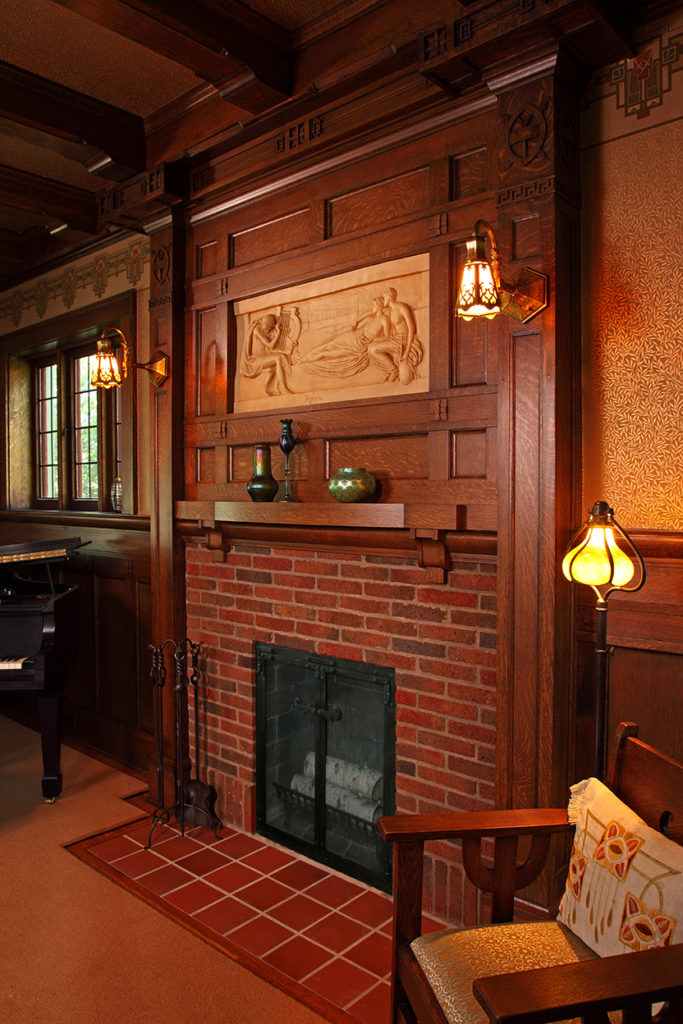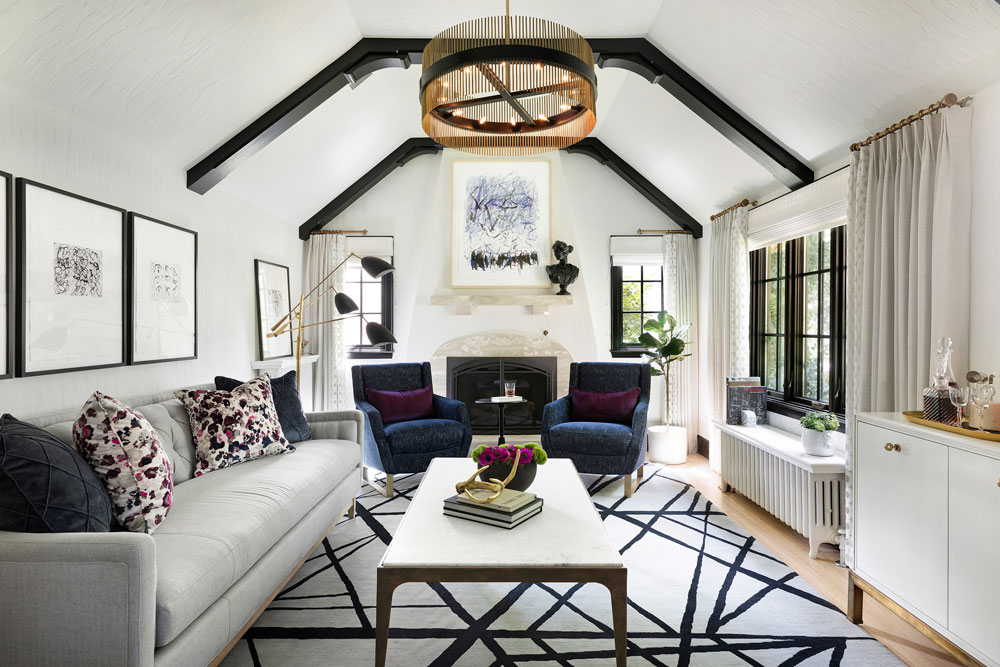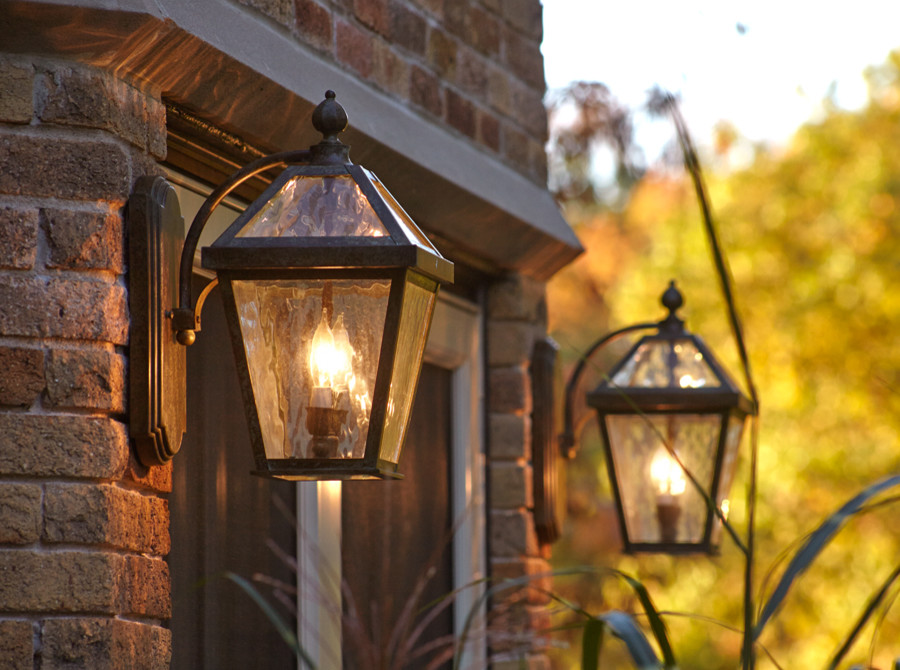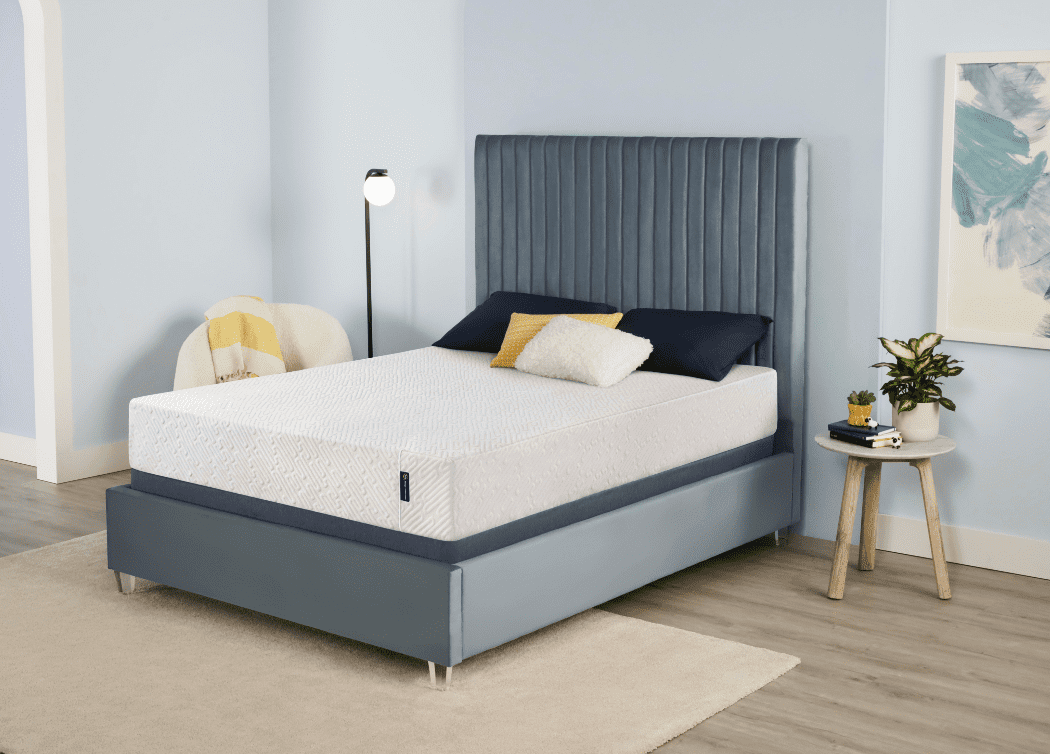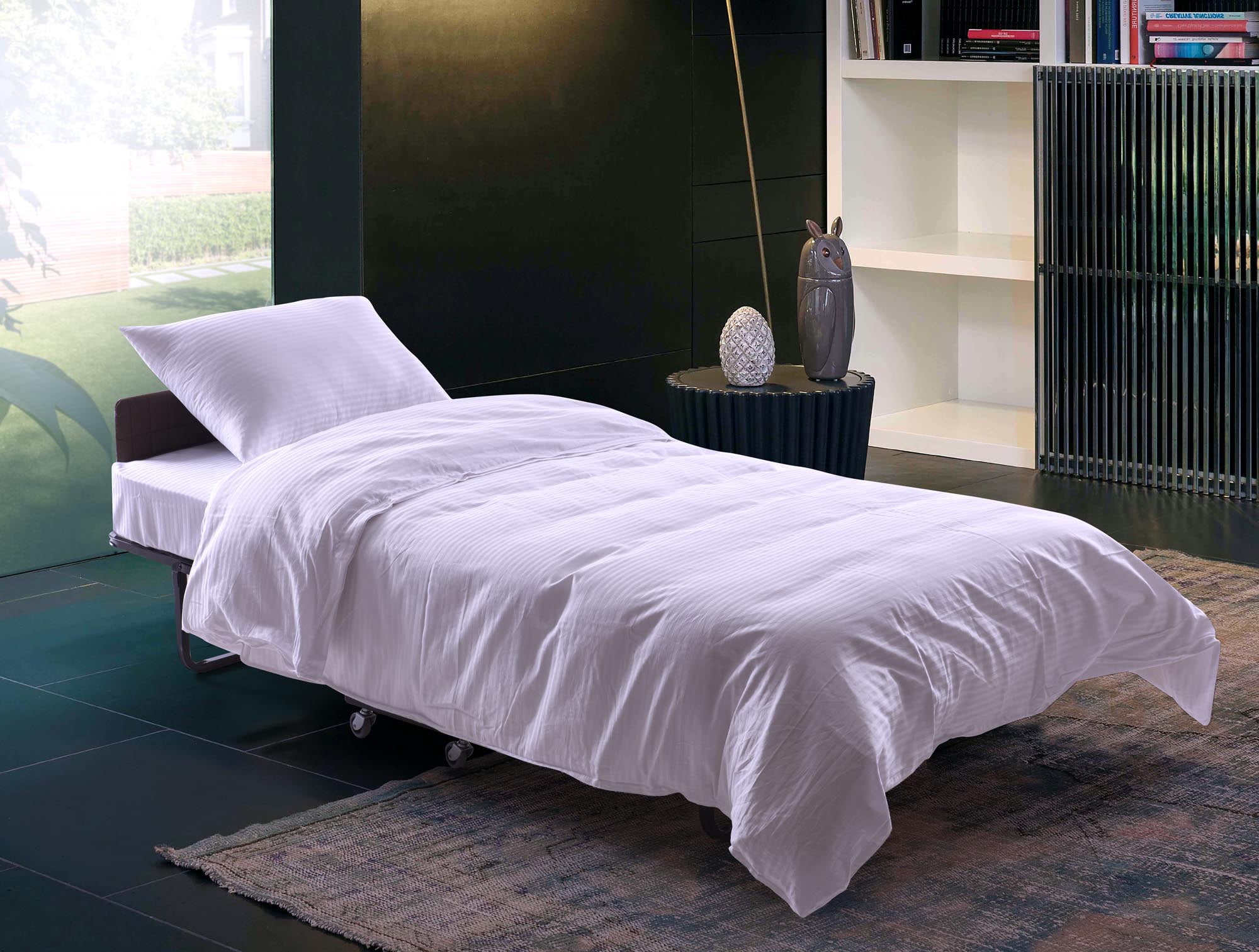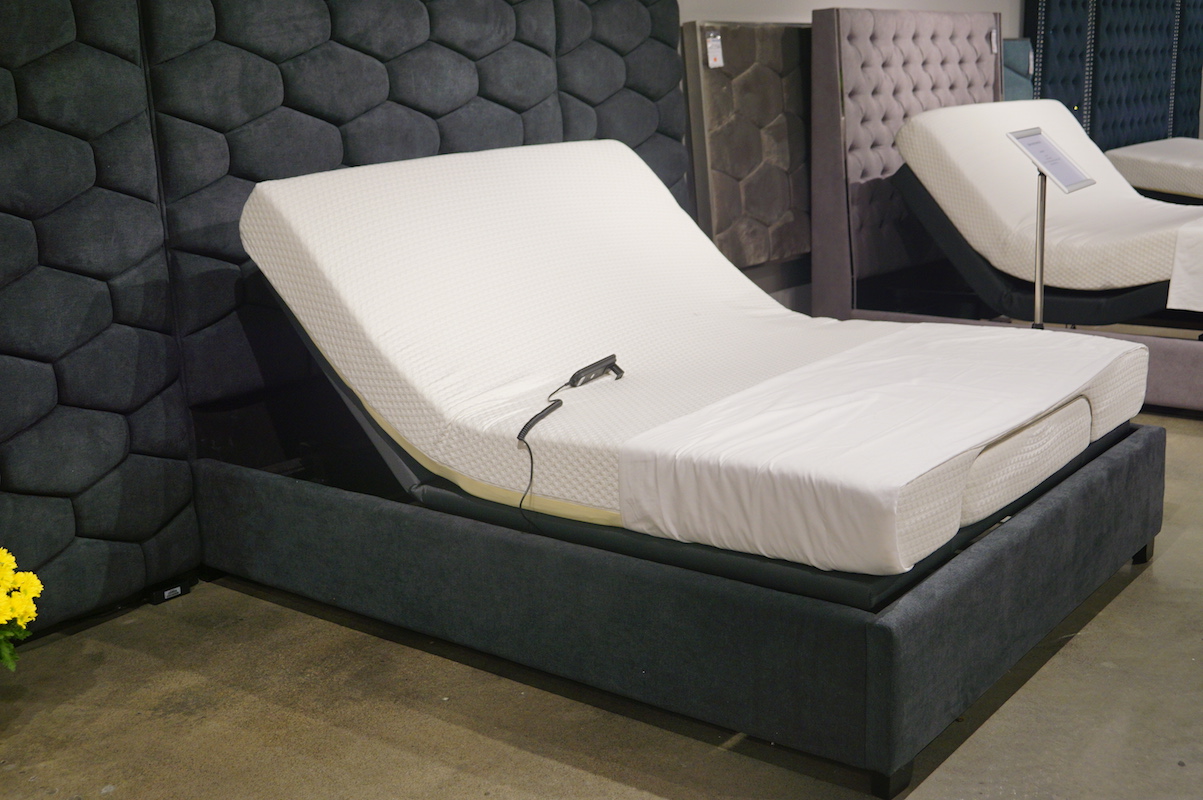Tudor Revival Style
The Tudor Revival style, also commonly referred to as the Tudor style, is an architectural and design movement that originated in England during the late 19th century. It was a revival of the traditional English architecture and design elements of the Tudor period, which lasted from 1485 to 1603. This style is characterized by its use of dark wood, stone, and brick, as well as its distinctive steeply pitched roofs, ornate chimneys, and elaborate details.
Living Room Design
The living room is often considered the heart of a home, and it is the place where families and friends gather to relax, entertain, and spend quality time together. When it comes to Tudor Revival living room design, the goal is to create a space that is both elegant and cozy, reflecting the style's rich history and warm atmosphere. The key to achieving this is through careful selection of decor, furniture, and color palette.
Tudor Revival Decor
One of the most important elements of Tudor Revival living room design is the decor. This style is known for its use of ornate and intricate details, such as carved wood, stained glass, and tapestries. These decorative elements add a sense of luxury and sophistication to the space. To achieve a truly authentic Tudor Revival look, it is important to incorporate these details into the decor, whether it be through furniture, accessories, or wall hangings.
Tudor Revival Furniture
In addition to decor, furniture is another essential aspect of Tudor Revival living room design. The furniture used in this style is typically heavy and dark, with intricate carvings and details. Pieces such as a large wooden dining table, upholstered armchairs, and a grand fireplace mantel are all common in a Tudor Revival living room. It is important to choose furniture that is both functional and visually appealing, as it will be the focal point of the space.
Tudor Revival Architecture
The Tudor Revival style is not just limited to interior design, it also extends to the architecture of the home. This style is characterized by its use of stone, brick, and timber framing, as well as its steeply pitched roofs and decorative chimneys. When designing a Tudor Revival living room, it is important to consider the overall architecture of the home and incorporate these elements into the design for a cohesive look.
Tudor Revival Interior Design
Interior design is an important aspect of creating a Tudor Revival living room. The goal is to create a space that is both functional and visually appealing, while also staying true to the style's historical roots. This can be achieved through the use of rich colors, ornate details, and carefully curated decor and furniture. It is important to strike a balance between traditional and modern elements to create a timeless and elegant living room.
Tudor Revival Home
Tudor Revival homes are known for their charming and distinctive appearance. These homes often feature a combination of stone, brick, and timber elements, with decorative details such as diamond-shaped windows and ornate chimneys. When designing a living room in a Tudor Revival home, it is important to consider the overall style of the home and incorporate elements that complement the exterior for a cohesive look.
Tudor Revival Color Palette
The color palette used in Tudor Revival living room design is typically rich and warm, reflecting the style's historical roots. It often includes deep shades of red, green, and brown, as well as gold and other metallic accents. These colors help to create a cozy and inviting atmosphere, perfect for a living room where family and friends can gather and relax.
Tudor Revival Fireplace
The fireplace is an important element in Tudor Revival living room design, both for its functionality and as a decorative feature. The fireplace is often the focal point of the room, and it is typically grand and ornate, with intricate detailing and a large mantel. A fireplace in a Tudor Revival living room not only adds warmth and ambiance but also adds to the overall aesthetic of the space.
Tudor Revival Lighting
Lighting is an important aspect of any living room design, and it is no different when it comes to Tudor Revival style. The lighting used in a Tudor Revival living room should be warm and inviting, adding to the cozy atmosphere of the space. It is also an opportunity to incorporate decorative elements, such as wrought iron or stained glass, to add to the overall Tudor Revival aesthetic.
In conclusion, a Tudor Revival living room design should be both elegant and cozy, reflecting the style's rich history and warm atmosphere. By carefully selecting decor, furniture, and a warm color palette, and incorporating traditional architectural elements, a beautiful and timeless living room can be achieved. Whether designing a new space or updating an existing one, following these guidelines will help create a stunning Tudor Revival living room that is sure to impress.
A Timeless and Elegant Design: Tudor Revival Living Room

Embrace the Charm of Tudor Revival Style
 When it comes to house design, there are endless options to choose from. However, if you are looking for a design that exudes elegance and timelessness, look no further than Tudor Revival. This style, also known as Tudor Gothic or Mock Tudor, originated in England during the late 19th century and gained popularity in the United States in the early 20th century. Its distinctive features include steeply pitched roofs, decorative half-timbering, and large mullioned windows. And the heart of any Tudor Revival home is the living room, a space that showcases the unique character and charm of this design.
When it comes to house design, there are endless options to choose from. However, if you are looking for a design that exudes elegance and timelessness, look no further than Tudor Revival. This style, also known as Tudor Gothic or Mock Tudor, originated in England during the late 19th century and gained popularity in the United States in the early 20th century. Its distinctive features include steeply pitched roofs, decorative half-timbering, and large mullioned windows. And the heart of any Tudor Revival home is the living room, a space that showcases the unique character and charm of this design.
Creating a Tudor Revival Living Room
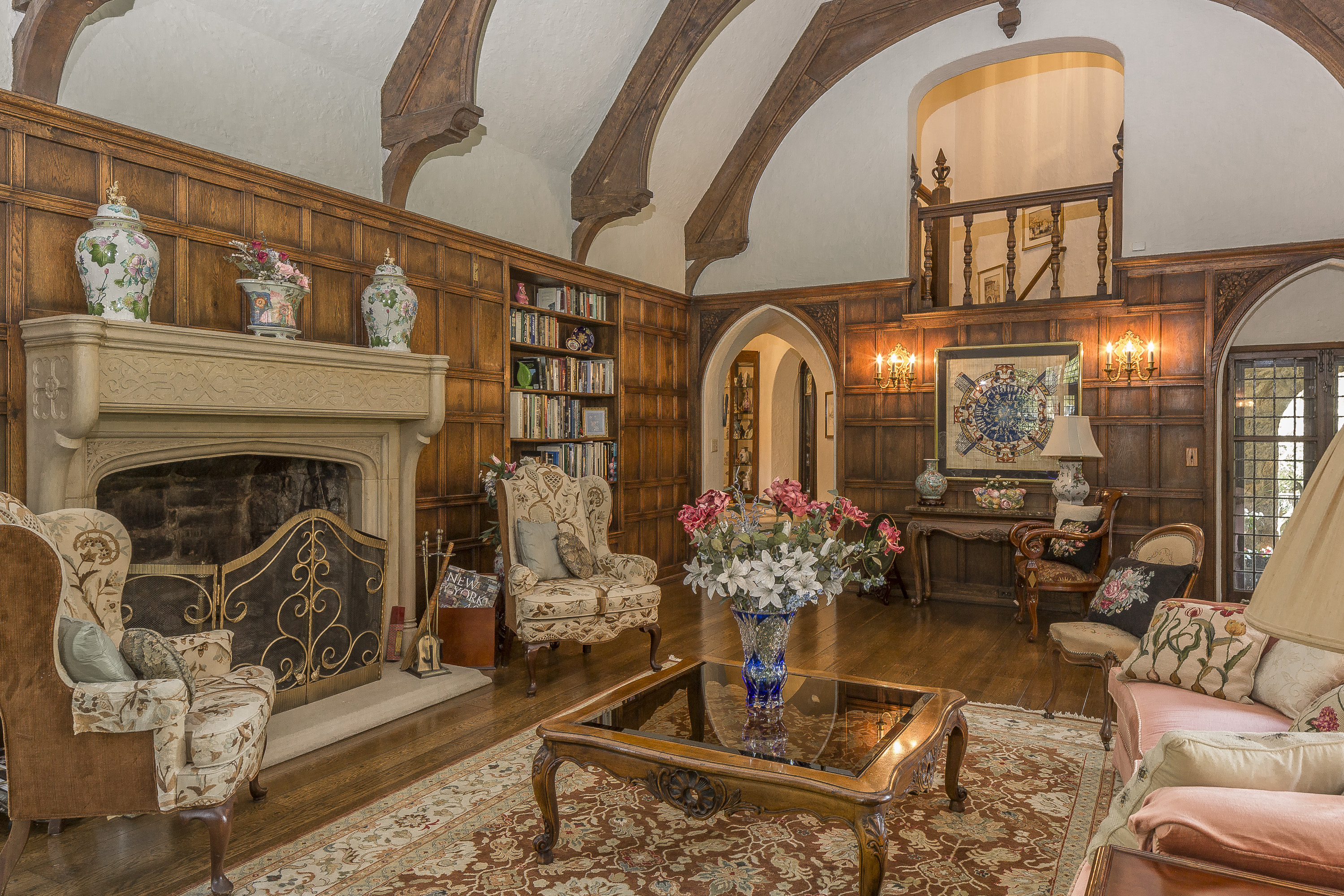 To create a Tudor Revival living room, the key is to incorporate elements that reflect the style's origins while also adding modern touches. The first step is to focus on the walls and ceiling. Traditional Tudor Revival homes have exposed wooden beams on the ceiling and half-timbering on the walls. These can be recreated using faux wood beams and panels, or with wallpaper that mimics the look of exposed beams. For the walls, consider using dark wood paneling or brick to add warmth and texture to the space.
Rich and Bold Color Palette
When it comes to color, Tudor Revival living rooms often feature a rich and bold palette. Deep jewel tones such as emerald green, sapphire blue, and ruby red are commonly used to add a sense of opulence and drama. These colors can be incorporated through furniture, accent pieces, and textiles such as curtains and pillows. Don't be afraid to mix and match different patterns and textures to create a layered and inviting space.
Cozy and Comfortable Furnishings
Tudor Revival living rooms are all about creating a cozy and comfortable ambiance. This can be achieved through the use of plush and oversized furniture, such as a large sectional or a tufted sofa. Add in some accent chairs in rich fabrics and a coffee table with intricate woodwork to complete the look. Don't forget to add in some soft lighting through table lamps and sconces to create a warm and inviting atmosphere.
To create a Tudor Revival living room, the key is to incorporate elements that reflect the style's origins while also adding modern touches. The first step is to focus on the walls and ceiling. Traditional Tudor Revival homes have exposed wooden beams on the ceiling and half-timbering on the walls. These can be recreated using faux wood beams and panels, or with wallpaper that mimics the look of exposed beams. For the walls, consider using dark wood paneling or brick to add warmth and texture to the space.
Rich and Bold Color Palette
When it comes to color, Tudor Revival living rooms often feature a rich and bold palette. Deep jewel tones such as emerald green, sapphire blue, and ruby red are commonly used to add a sense of opulence and drama. These colors can be incorporated through furniture, accent pieces, and textiles such as curtains and pillows. Don't be afraid to mix and match different patterns and textures to create a layered and inviting space.
Cozy and Comfortable Furnishings
Tudor Revival living rooms are all about creating a cozy and comfortable ambiance. This can be achieved through the use of plush and oversized furniture, such as a large sectional or a tufted sofa. Add in some accent chairs in rich fabrics and a coffee table with intricate woodwork to complete the look. Don't forget to add in some soft lighting through table lamps and sconces to create a warm and inviting atmosphere.
The Final Touches
 To truly bring the Tudor Revival living room to life, pay attention to the details. Add in some Tudor-inspired decor, such as tapestries, wrought iron accents, and stained glass windows. Incorporate natural elements, such as plants and flowers, to soften the space and add a touch of freshness. And don't forget to add in some personal touches, such as family photos or artwork, to make the space feel like home.
In conclusion, a Tudor Revival living room design is a perfect way to add a touch of elegance and history to your home. With its unique features and warm and inviting ambiance, it is a style that will stand the test of time. So why not embrace the charm of Tudor Revival and create a living room that will be the envy of all your friends and family?
To truly bring the Tudor Revival living room to life, pay attention to the details. Add in some Tudor-inspired decor, such as tapestries, wrought iron accents, and stained glass windows. Incorporate natural elements, such as plants and flowers, to soften the space and add a touch of freshness. And don't forget to add in some personal touches, such as family photos or artwork, to make the space feel like home.
In conclusion, a Tudor Revival living room design is a perfect way to add a touch of elegance and history to your home. With its unique features and warm and inviting ambiance, it is a style that will stand the test of time. So why not embrace the charm of Tudor Revival and create a living room that will be the envy of all your friends and family?



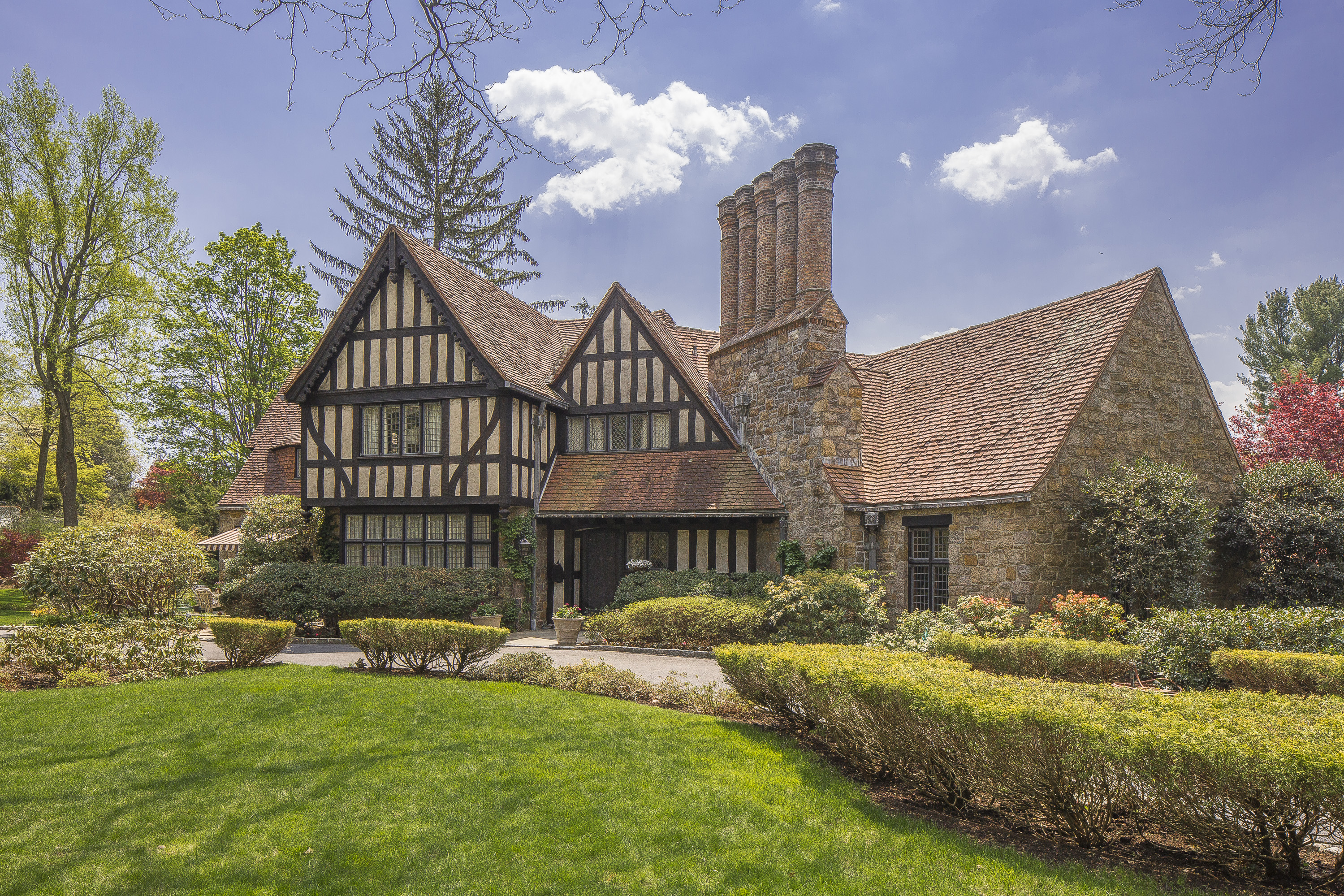



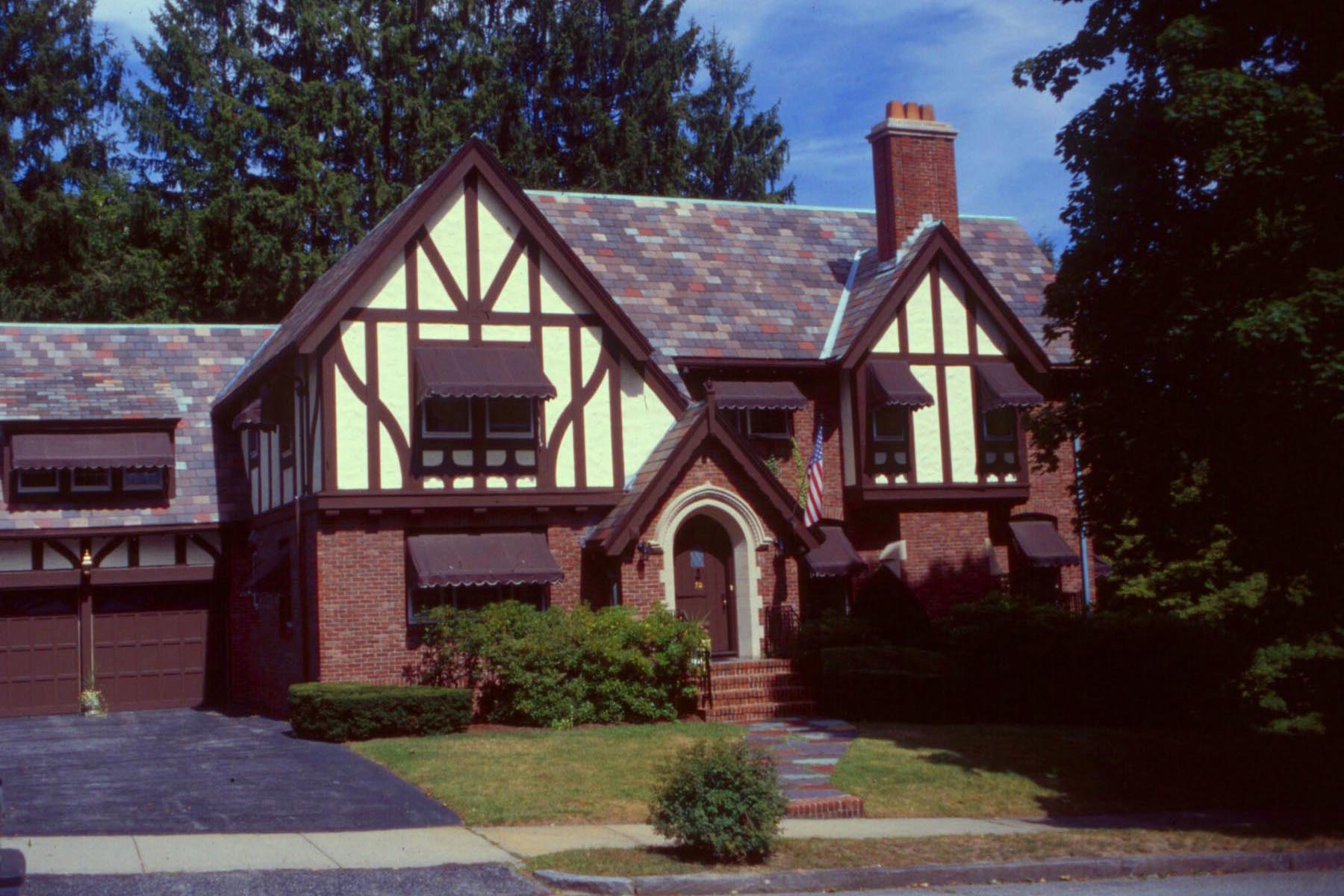


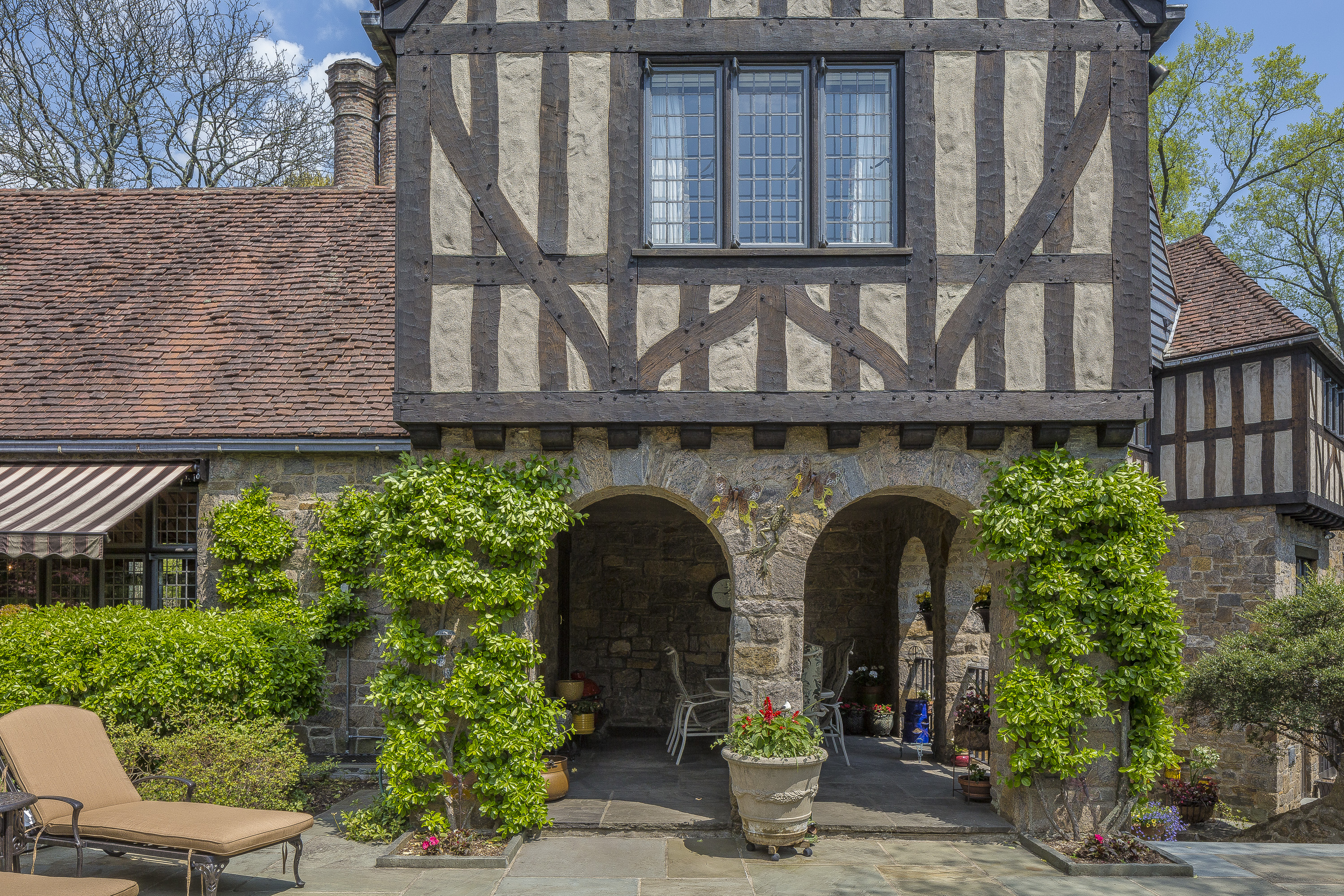


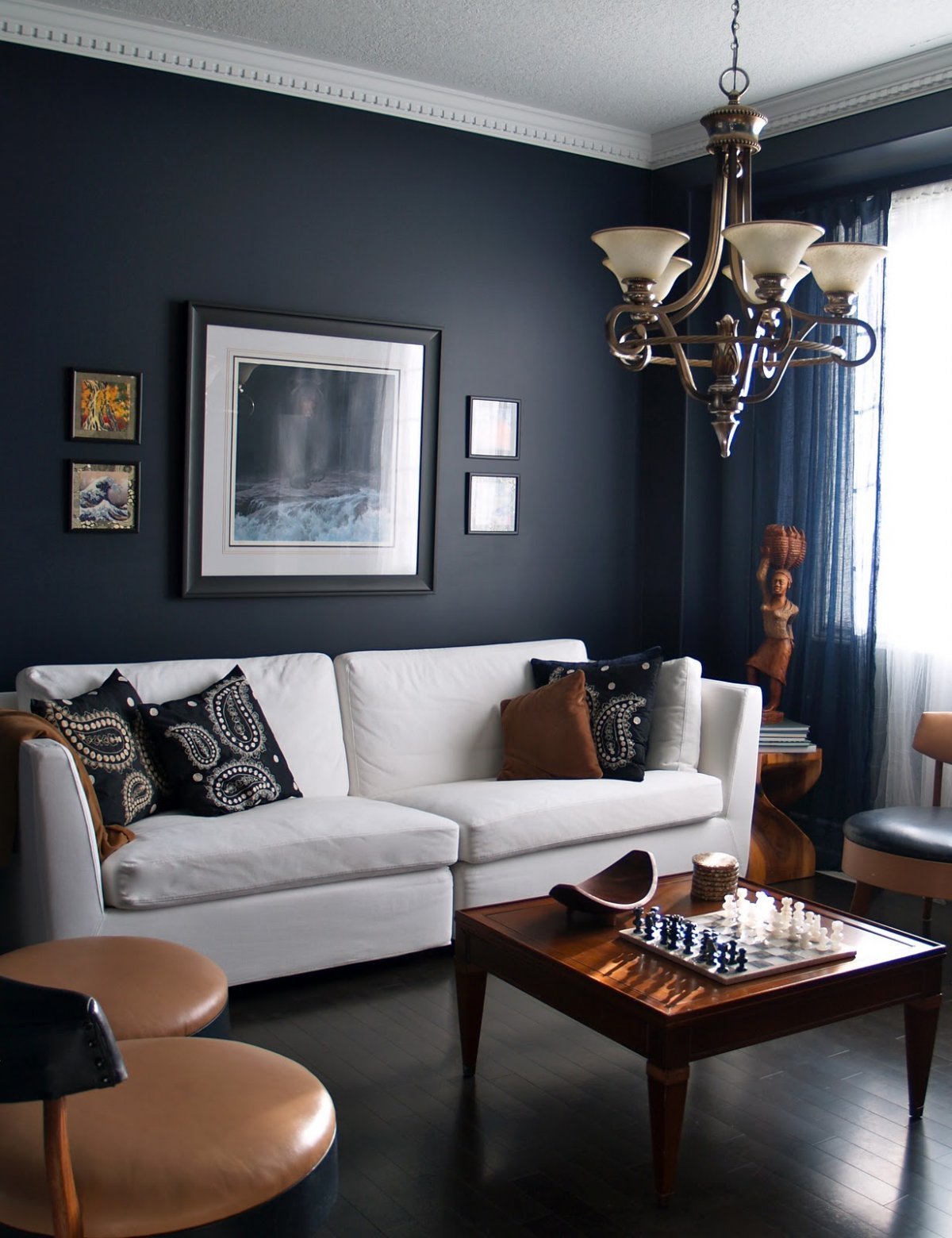


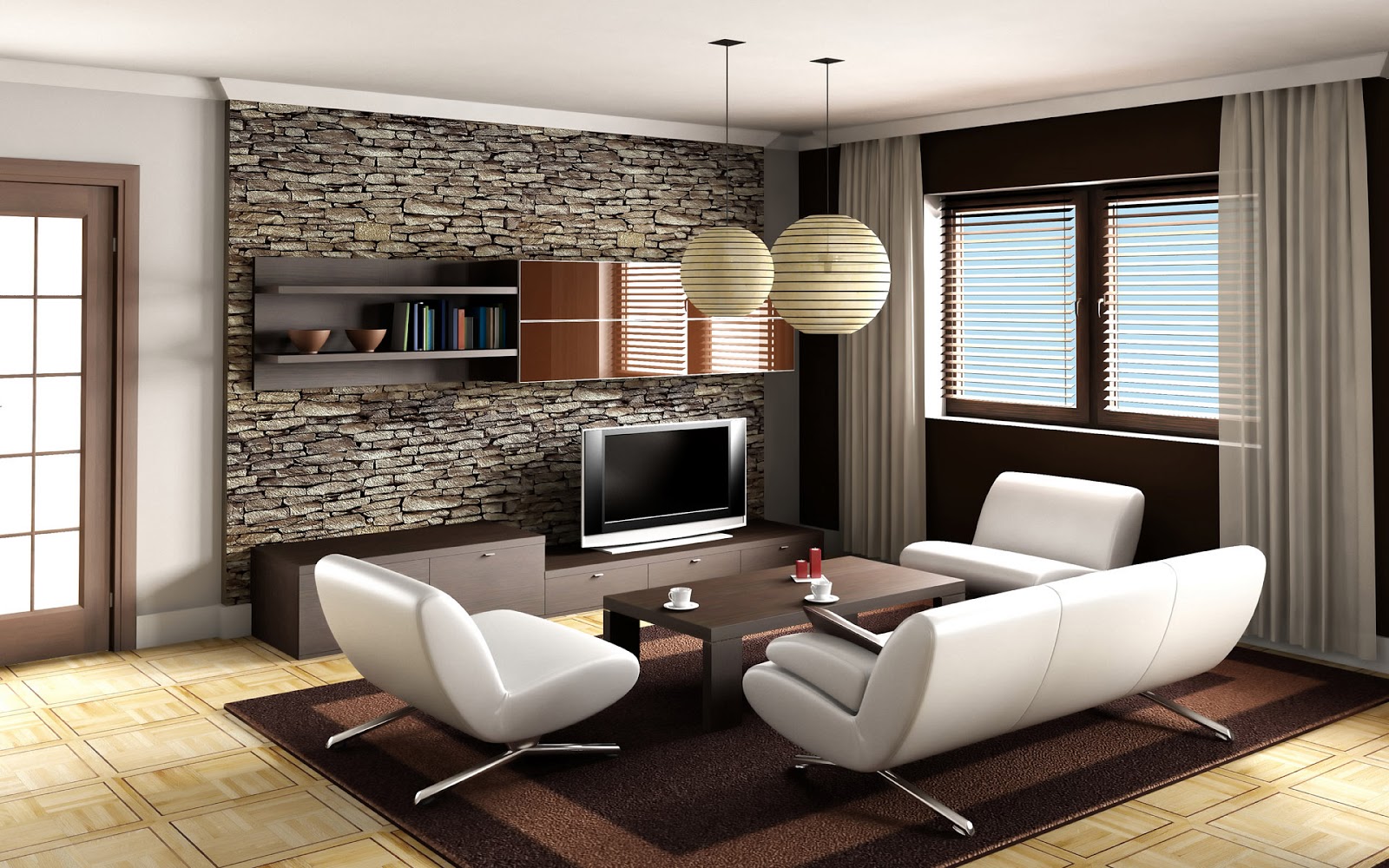

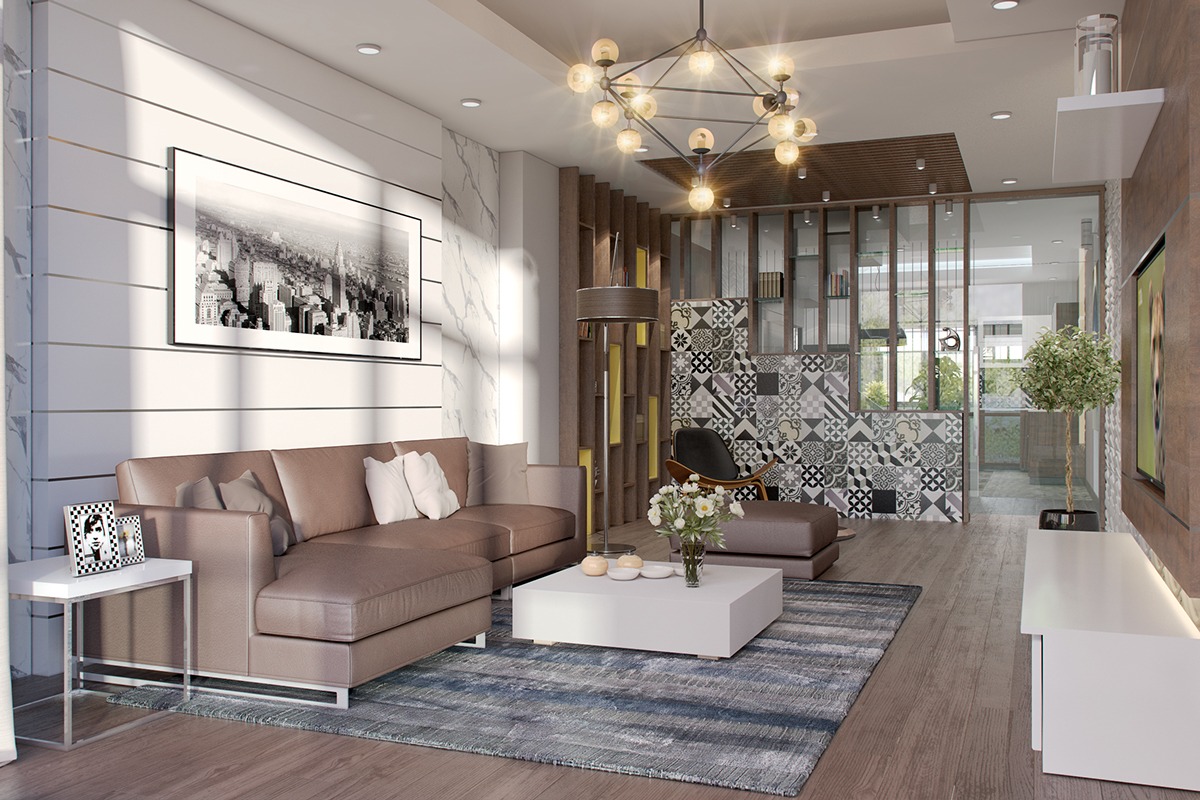
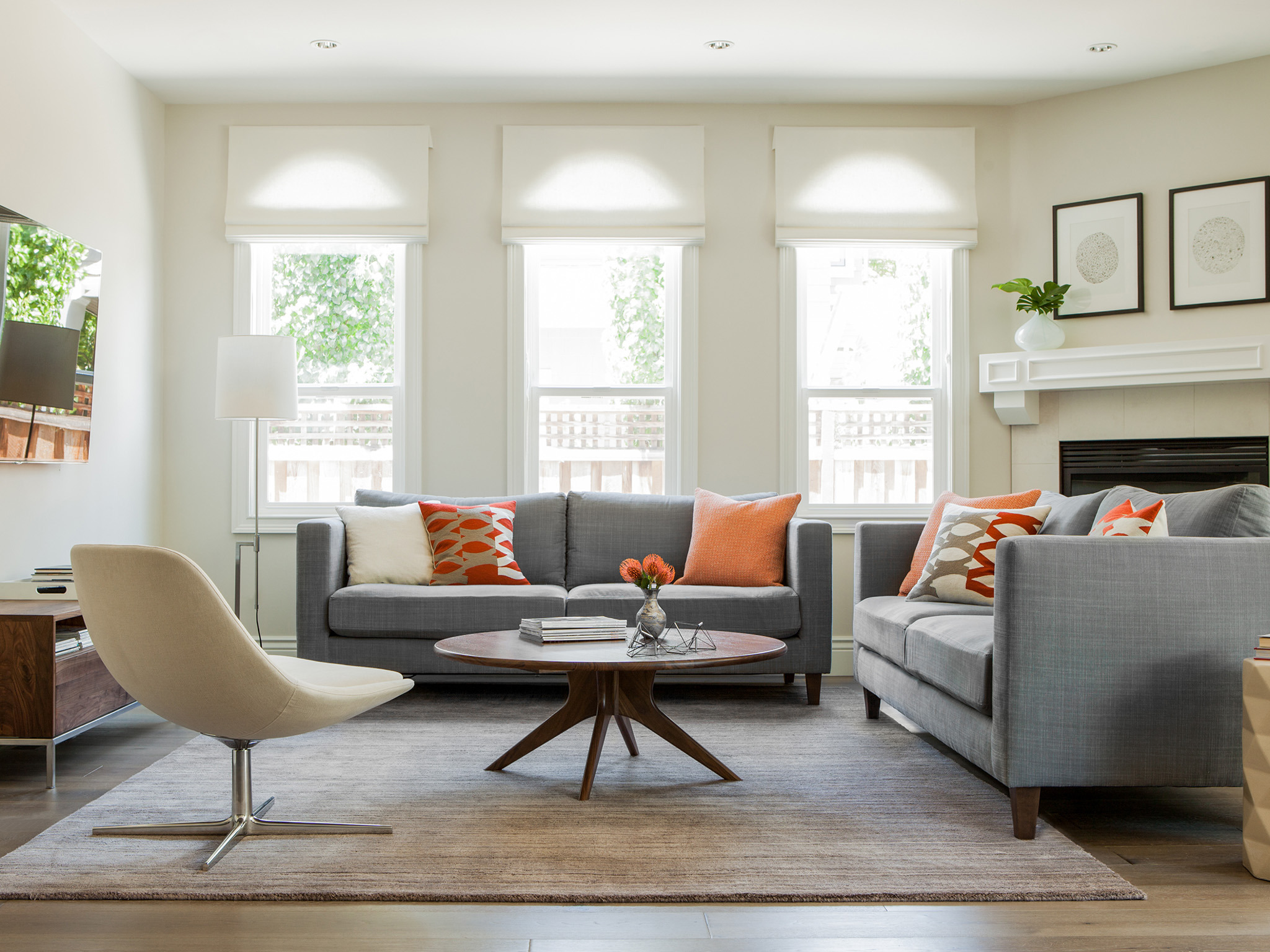
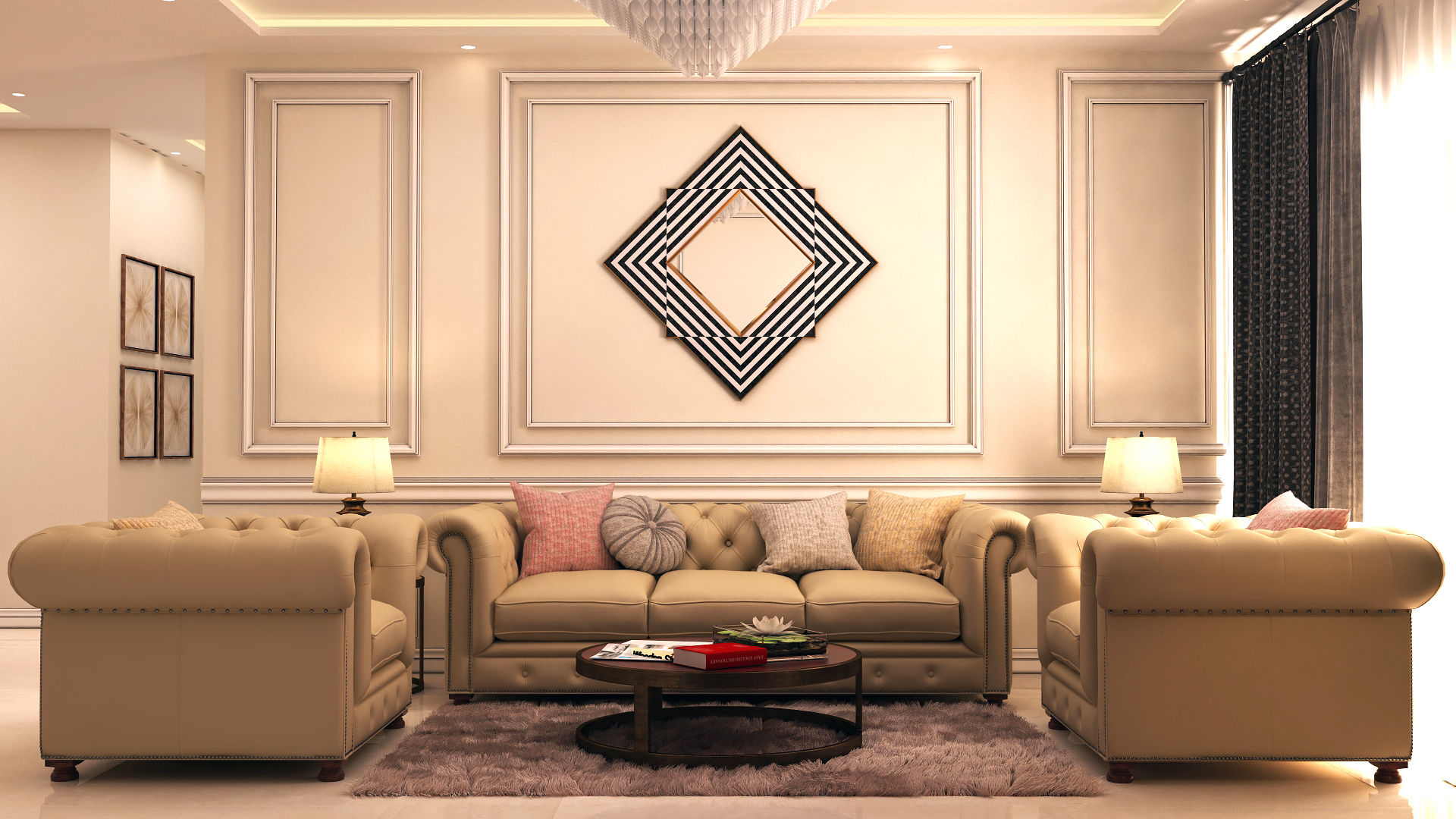
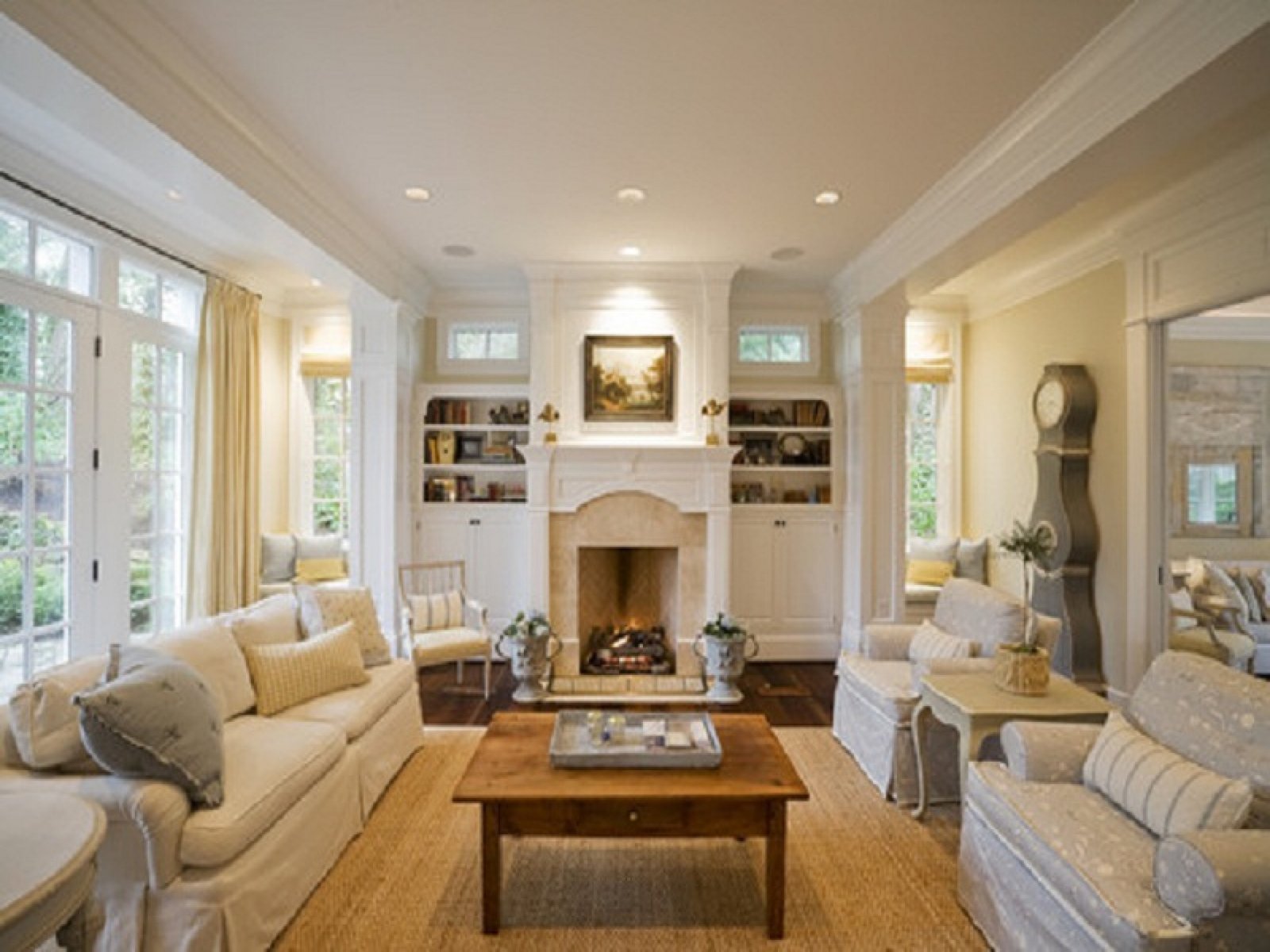
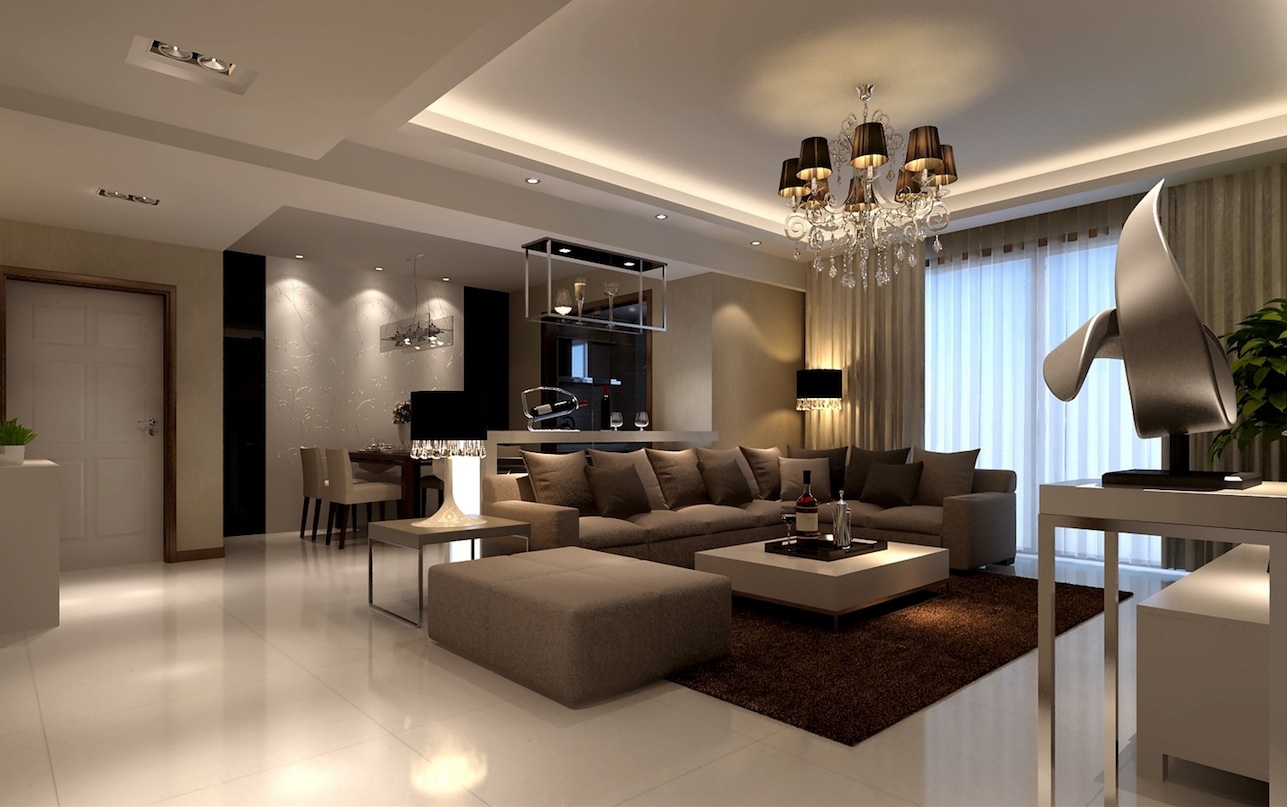
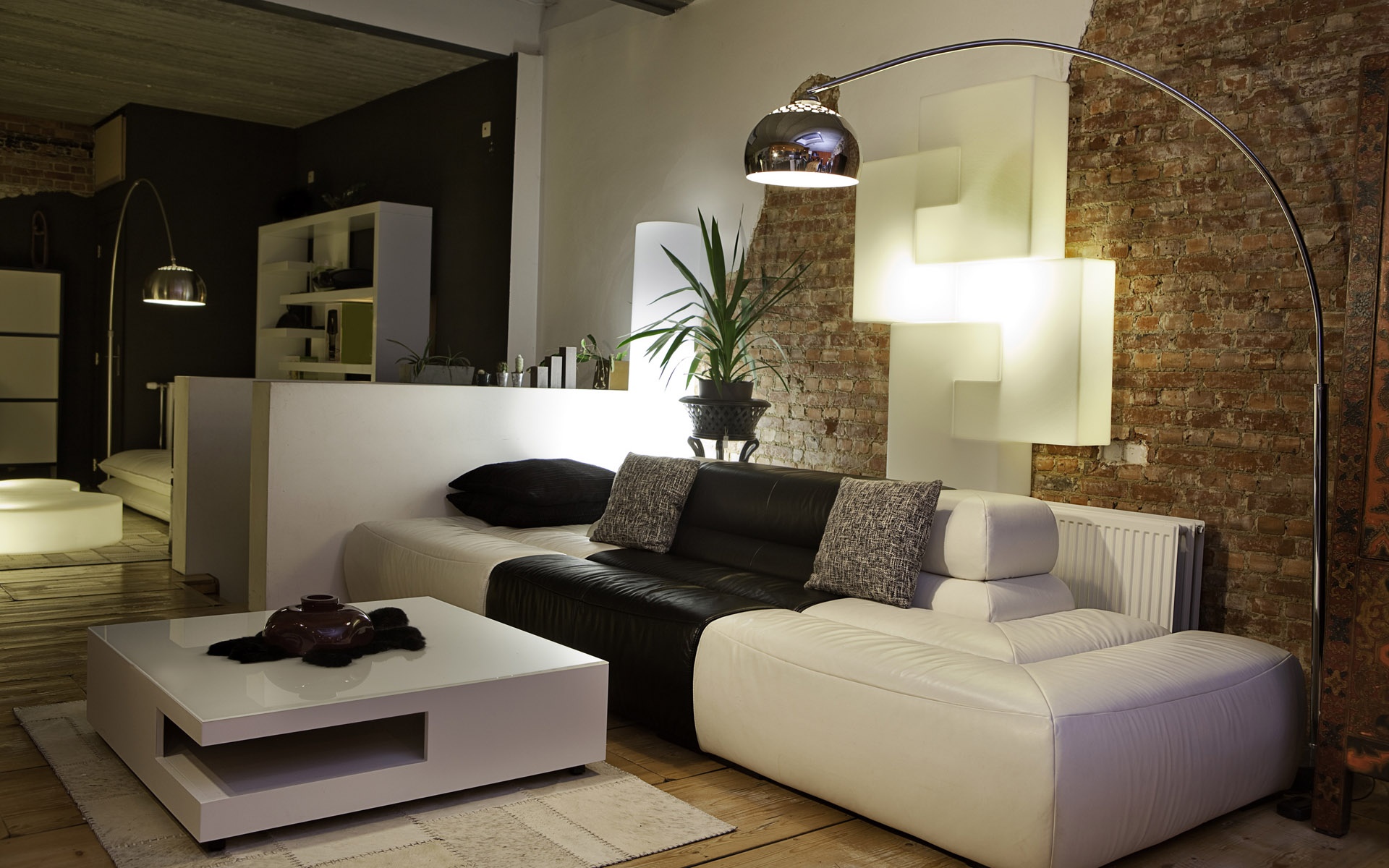
/Contemporary-black-and-gray-living-room-58a0a1885f9b58819cd45019.png)
